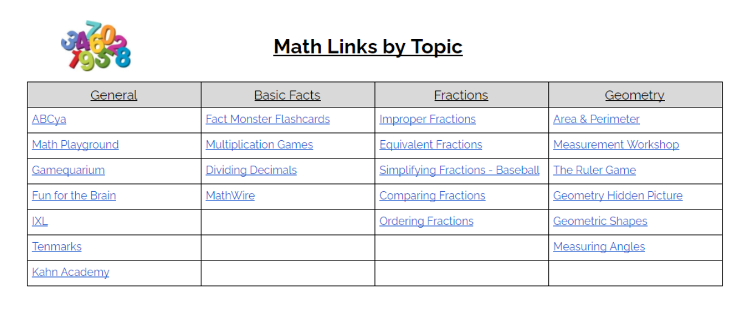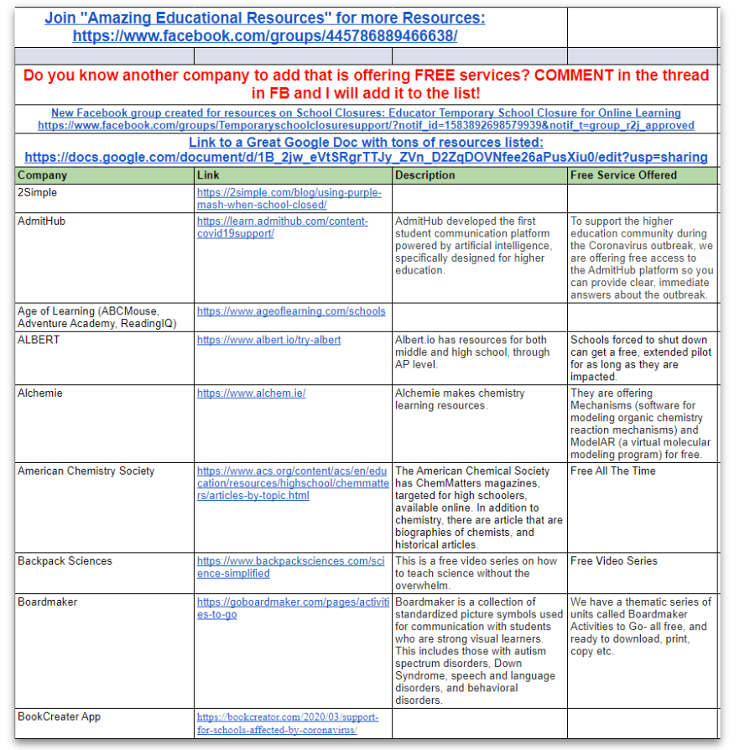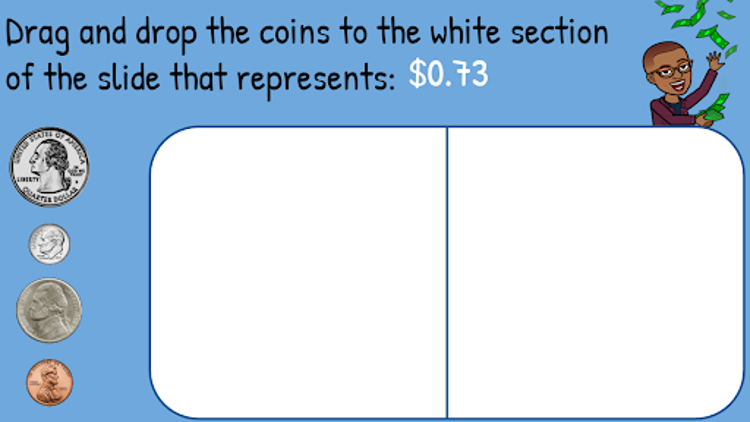Liz Curtis, M.Ed. | Instructional Technology Consultant | ESC of Central Ohio
Google Drive is a versatile tool that can significantly benefit educators by providing a platform for storing, collaborating, and organizing educational materials. In this step-by-step guide, we will walk you through using Google Drive effectively in your teaching practice. Whether you're a beginner or already familiar with Google Drive, this guide will help you optimize your workflow and enhance collaboration with students, colleagues, and parents. Reference this presentation to get started.
Step 1: Creating a Google Account and Accessing Google Drive
- Visit the Google Account creation page and follow the instructions to create your account. (This step may have already been completed by your school/district.)
- Once your account is set up, go to drive.google.com and sign in with your Google credentials.
- Familiarize yourself with the Google Drive interface, including the main menu, toolbar, and navigation pane.
Step 2: Uploading and Organizing Files and Folders
- To upload files, click on the "New" button, then select "File upload" or "Folder upload" to choose the files or folders you want to add to Google Drive.
- Create folders to organize your files by clicking the "New" button and selecting "Folder."
- Drag and drop files and folders to rearrange them within Google Drive.
Step 3: Sharing Files and Collaborating
- Right-click on a file or folder and select "Share" to specify who can access it and the level of permissions they have (view, comment, or edit).
- Share files with individual students, colleagues, or parents by entering their email addresses or generating a shareable link.
- Collaborate in real-time by inviting others to edit documents, spreadsheets, or presentations. Click on the "Share" button and enter collaborators' email addresses.
Step 4: Creating and Formatting Documents with Google Docs
- Click the "New" button, then select "Google Docs" to create a new document.
- Use the formatting options in the toolbar to format text, add headings, insert images, create lists, and more.

- Collaborate on a document by sharing it with others and enabling real-time editing and commenting.
Step 5: Organizing Data with Google Sheets
- Click the "New" button, then select "Google Sheets" to create a new spreadsheet.
- Use the toolbar options to format cells, enter data, apply formulas, and create charts.

- Collaborate on a spreadsheet by sharing it with others and enabling simultaneous editing.
Step 6: Creating Engaging Presentations with Google Slides
- Click the "New" button, then select "Google Slides" to create a new presentation.
- Customize slides with text, images, shapes, and other visual elements using the toolbar options.

- Share your presentation with others to enable collaborative editing and commenting.
Step 7: Streamlining Assignments and Assessments with Google Classroom
- Go to classroom.google.com and set up your class or courses.
- Create and distribute assignments to students, including attaching relevant files from Google Drive.
- Collect student work through Google Classroom and provide feedback and grades.
Step 8: Syncing and Accessing Google Drive Across Devices
- Install the Google Drive app on your mobile devices or use the web version to access your files from anywhere.
- Enable sync to back up files and access them offline automatically.
- Install the Google Drive desktop application to sync files between your computer and the cloud.
Bonus Tips:
- When you need to create a new file, go to the Drive folder FIRST!
- This helps you organize your files at the moment you create them and saves you lots of time later trying to move files into folders.
- Don’t forget to title your files when you create them. If you don’t do this, you will have lots of "untitled” files in your Drive
- Color code your folders!
By following this step-by-step guide, you can harness the full potential of Google Drive as an educator. From organizing and sharing files to collaborating with students and colleagues, Google Drive empowers you to streamline your workflow.
To read more from Liz Curtis and the Intro to Google Apps series, visit her three other blogs: part one is here and part two is here. Part 3 is here.
Liz Curtis is an experienced academic with a demonstrated history of working in the education industry. She has over eight years of experience teaching in a classroom and is skilled in public speaking, curriculum development, and research. With a Master of Education (M.Ed.) focused Elementary Education and Teaching, she offers professional development focused on educational technology.
Email Liz to see how she can help support your school or district!